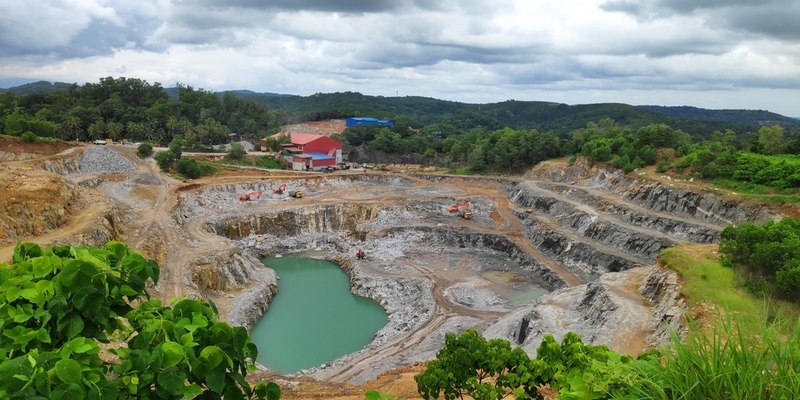Geology

Kerala State, bounded by north latitudes 8º17'30" and 12º47'40" and east longitudes 74º51'57" and 77º24'47" covers an area of 38,863 sq km and is located in the southwestern part of the Indian Peninsular shield. This linear strip of land is bounded by the Western Ghats on the east and the Arabian sea on the west. The state is divisible into four broad physiographic units. They are: (i) the low-level coastal strip fringing the Lakshadweep sea, (ii) the landforms marked by laterite cappings between altitudes of 30m and 200 m, (iii) the foot hills of Western Ghats ranging in altitude from 200 to 600 m and (iv) the steeply rising Western Ghat hill ranges with altitudes reaching upto 2500 m. Of the total area, 35,955 sq km area is constituted by hard rock crystallines and the rest by soft sediments. The crystallines comprise charnockite, gneiss, granite, metasediments, gabbro and dolerite to mention the major ones. The sedimentaries occur mostly in the coastal areas. Mineral deposits of clay, bauxite, rare earth sands, glass sand, iron ore, limestone, gold, graphite, chrysoberyl etc. are known to occur in the state.
The geology of Kerala kindled the interest of even the earliest workers in the field. Buchanan in 1800 coined the term “laterite" after a study of the quarries near Angadipuram in the erstwhile Malabar. General Cullen (1840-60) discovered graphite occurrence in Travancore and was the earliest to study the sedimentary formations around Kollam. In the later part of the 19th Century, Bruce Foote, (1883) and William King,(1875,1878,1882) of the Geological Survey of India (GSI) took traverses across the State and recorded their findings on geology and mineral resources. In 1907, a Geology Department was formed in Travancore for systematic survey of minerals. Chacko (1922) and Masillamani (1914) made significant contributions to the geology of Kerala. With the inception of Kerala Circle in 1962, GSI, in co-ordination with the State Department of Mining and Geology (DMG) and other Government agencies, took up the responsibility of systematic mapping and preliminary mineral surveys in the State. The systematic geological mapping of the State was completed in the year 1983.
Reference: Geological Survey of India